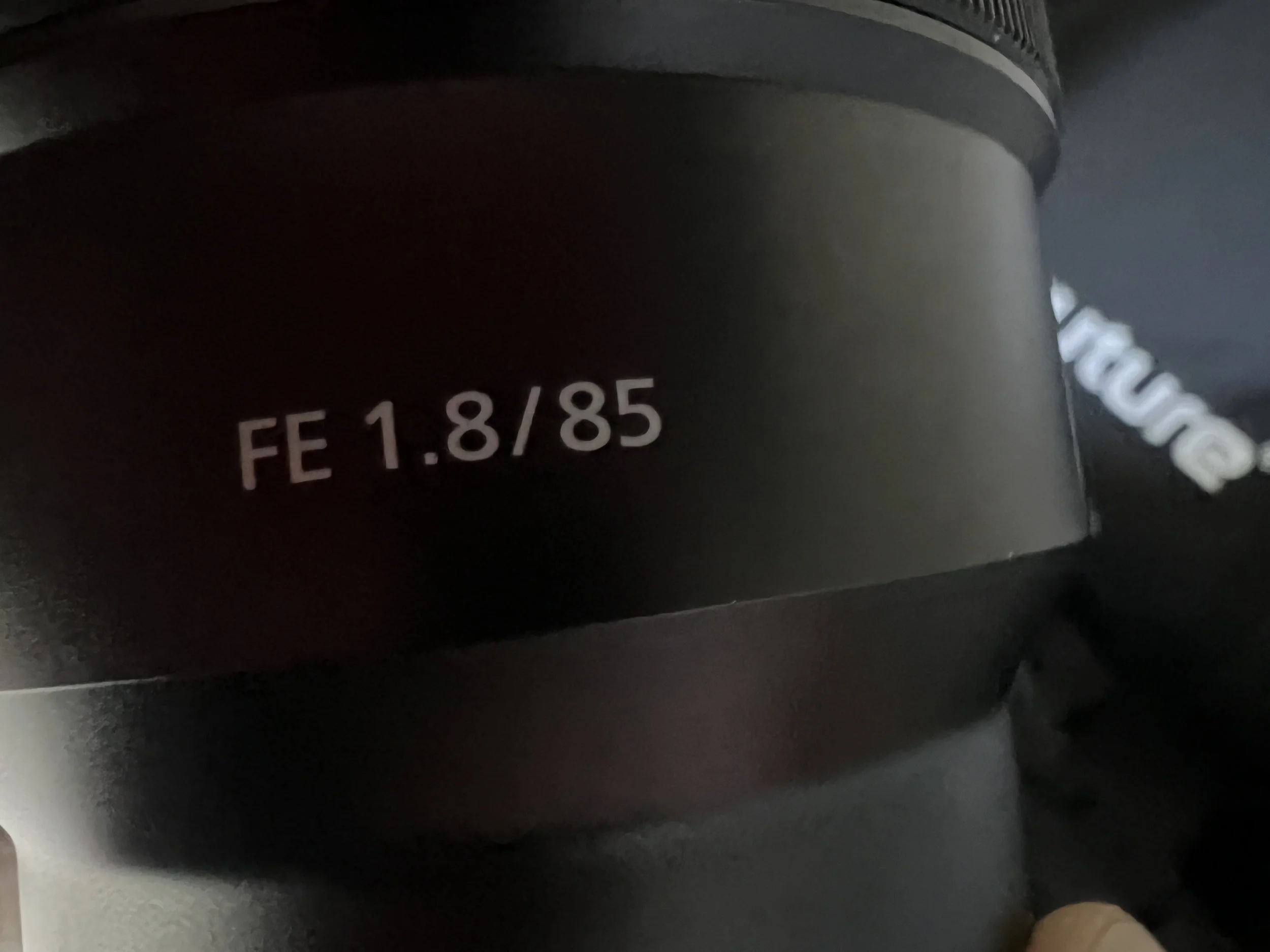A Guide To Glass: Which Lens Should You Choose?
Choosing the Right Camera Lenses for Different Scenarios
As a video production services provider in Las Vegas, we understand the importance of getting great shots that engage your audience. One crucial element in achieving this goal is choosing the right camera lens for each filming scenario. In this blog post, we'll explore the benefits of using wide-angle lenses and telephoto lenses, discussing real-life examples and how to overcome potential obstacles to ensure a captivating cinematic experience.
1. Wide-Angle Lenses:
Wide-angle lenses have a short focal length, typically ranging from 10mm to 35mm. They provide a broader field of view, making them ideal for capturing expansive landscapes, architecture, and group shots.
Advantages:
a. Immersive Perspective: Wide-angle lenses create a sense of depth and space, drawing viewers into the scene and making them feel like they are part of the action.
b. Ideal for Confined Spaces: In tight locations, wide-angle lenses can encompass more of the scene without the need to step back, perfect for capturing interiors or crowded environments.
c. Dynamic Shots: Wide-angle lenses are great for adding dynamism to shots with exaggerated foreground elements and leading lines.
Real-Life Scenario: Shooting a Corporate Event
Obstacles: Large crowds and limited space can make it challenging to capture the entire scene without distorting subjects at the edges of the frame.
Overcoming the Obstacle: Position yourself strategically, finding a vantage point that allows you to capture the event's essence without overwhelming distortion. Additionally, consider using the lens's distortion creatively to add a touch of artistry to the final footage.
2. Telephoto Lenses:
Telephoto lenses have a long focal length, typically ranging from 85mm to 300mm or more. They offer a narrower field of view, making them perfect for isolating subjects from the background and capturing distant details.
Advantages:
a. Compressed Perspective: Telephoto lenses compress the scene, creating a pleasing background blur (bokeh) that helps focus the viewer's attention on the subject.
b. Magnification: Ideal for shooting wildlife, sports events, or concerts, telephoto lenses bring distant subjects close, capturing intricate details and expressions.
c. Shallow Depth of Field: Telephoto lenses allow for artistic control over the depth of field, helping you achieve a professional cinematic look.
Real-Life Scenario: Filming a Music Concert
Obstacles: Limited access to the stage and restrictions on moving around during performances can hinder getting close-ups of individual musicians.
Overcoming the Obstacle: To capture intimate shots of musicians from a distance, use a telephoto lens with image stabilization. Position yourself strategically before the concert to ensure unobstructed views and leverage the shallow depth of field to blur out any distractions.
Understanding when to use wide-angle lenses and telephoto lenses is crucial for elevating the quality of your video productions. Each lens type offers unique advantages that can enhance the storytelling and visual appeal of your projects. Whether you're filming corporate events, capturing breathtaking landscapes, or documenting live performances, the right lens choice will undoubtedly make a significant difference in the final product. In a future post, we will go in depth into the benefits of specific focal lengths.



